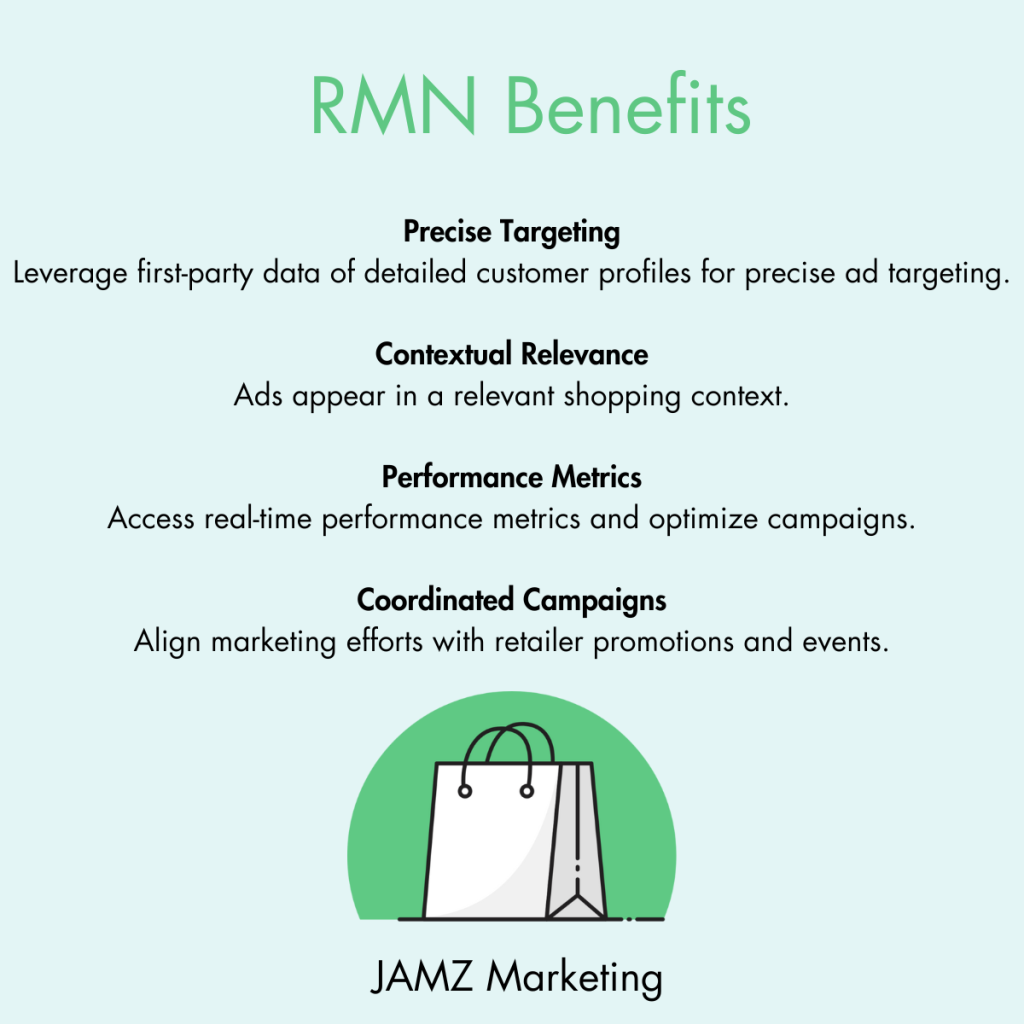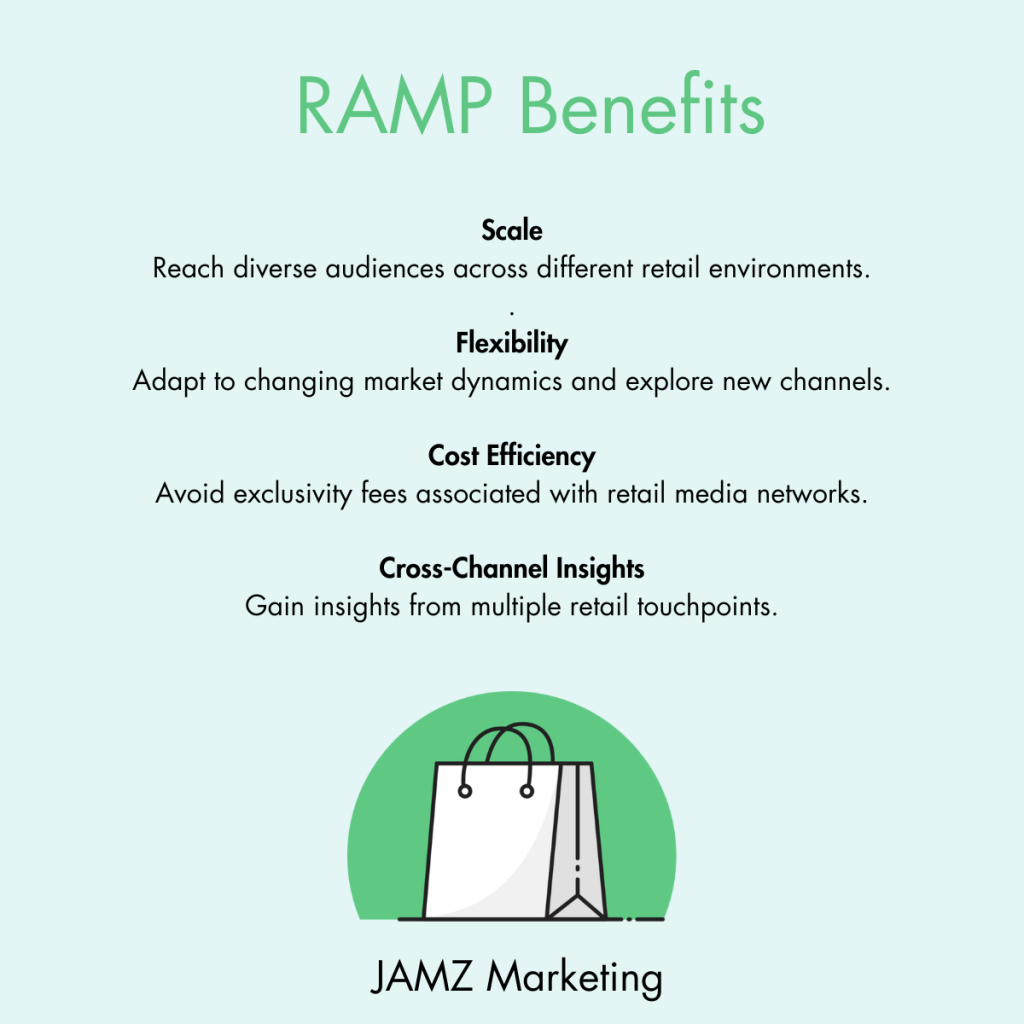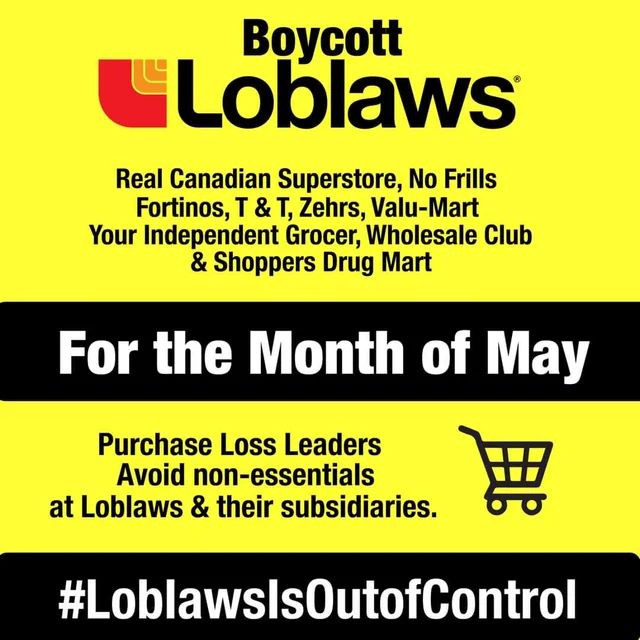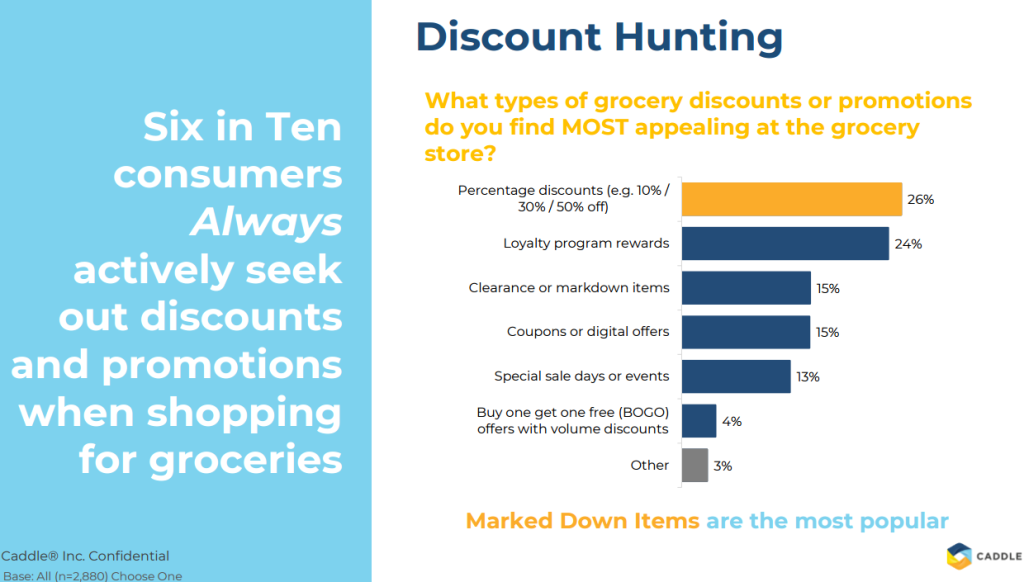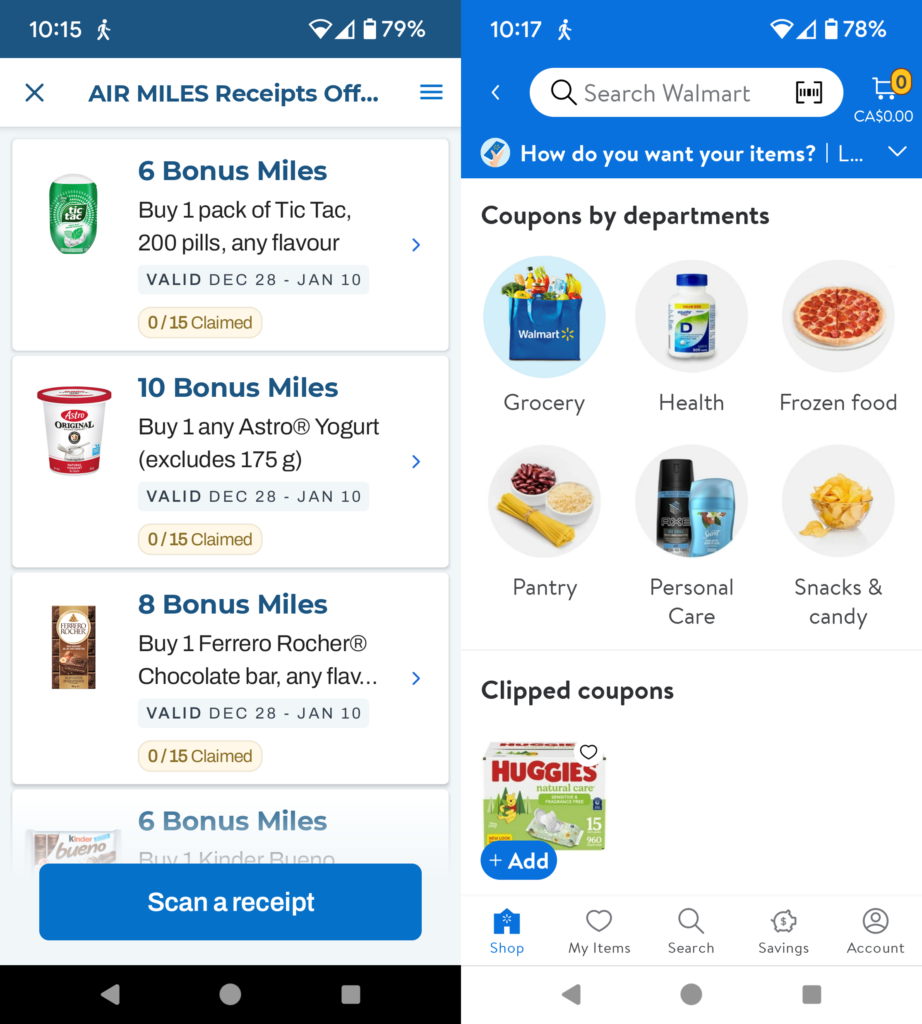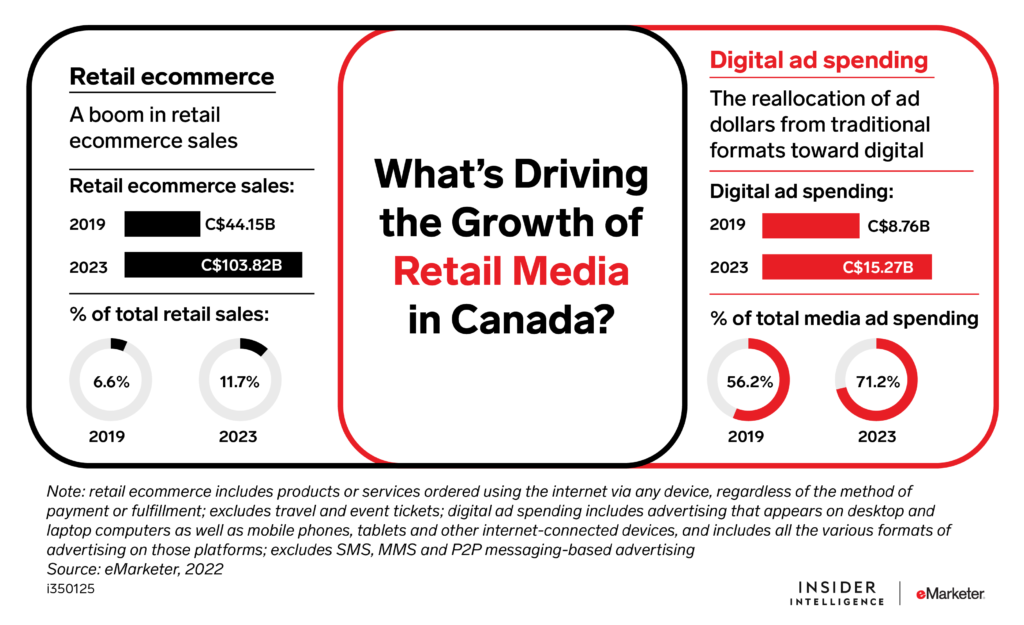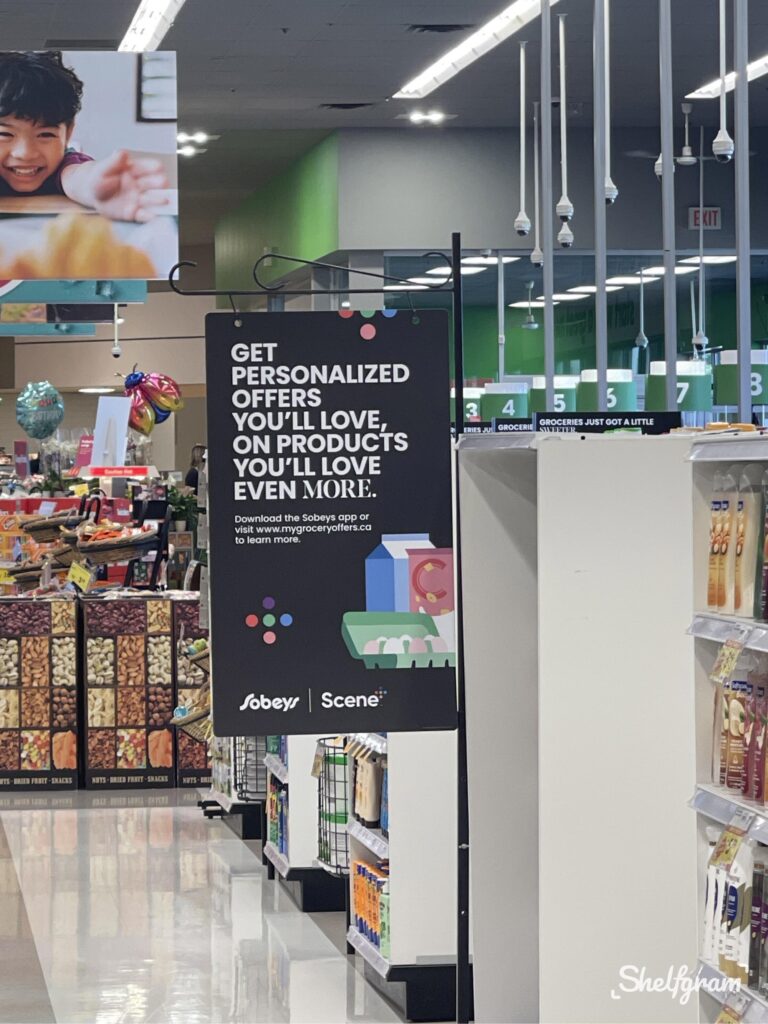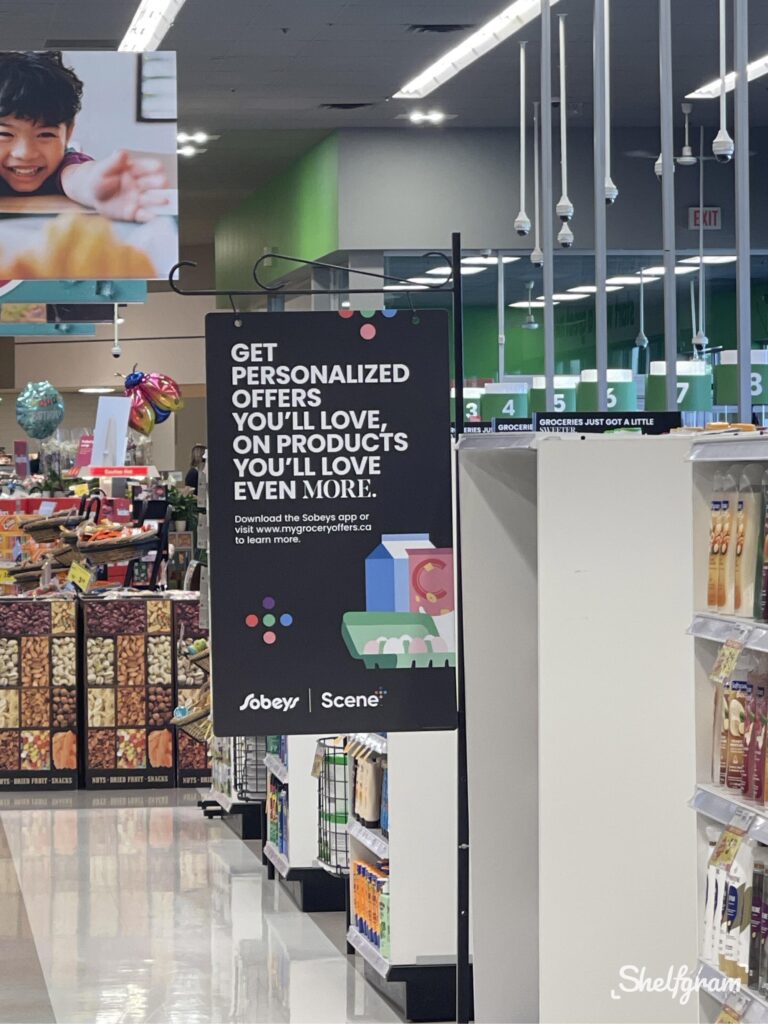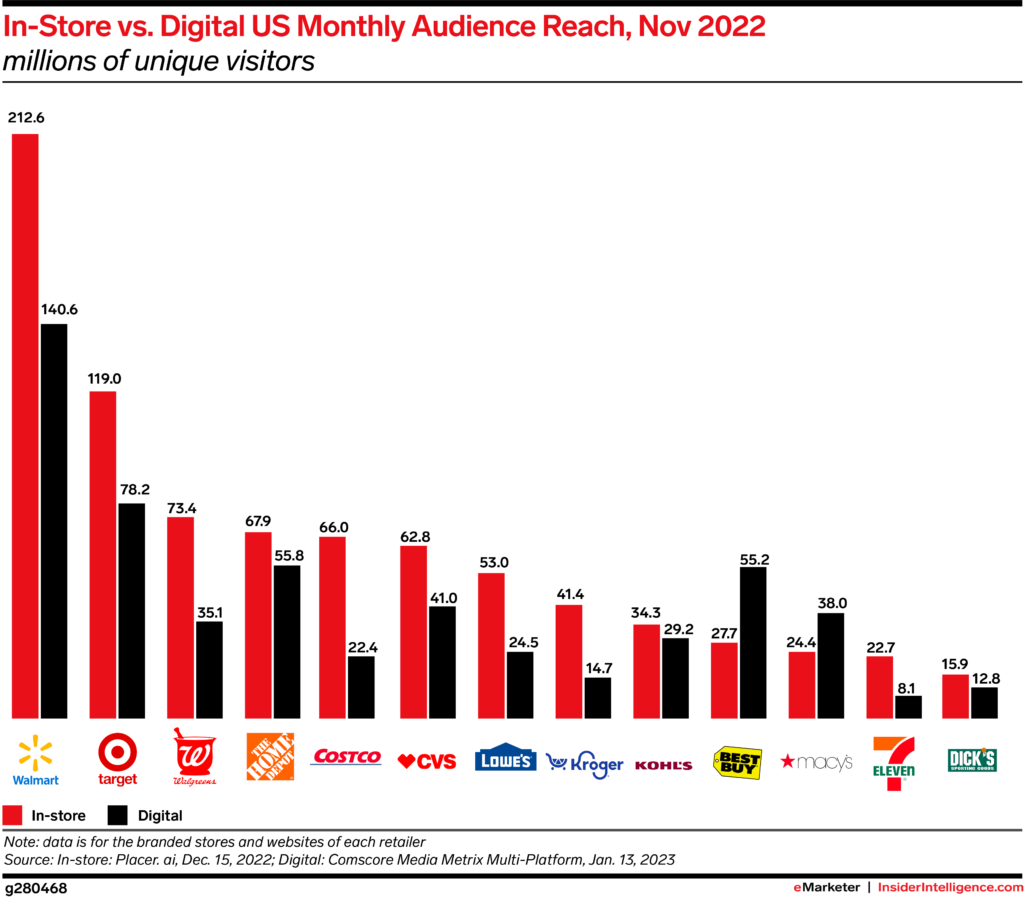Grocery Shoppers Moving to Digital Flyers as Readership Increases by 20%
Printed flyers, often found in mailboxes, rolled-up in elastic bands on doorsteps, or tucked within the pages of our community newspapers, are a familiar sight, offering shoppers discounts and promotions on grocery products from local supermarkets. In Canada, the distribution of printed flyers has historically served as a significant promotional strategy for retailers and CPG brands, providing a potent means for businesses, to reach and engage consumers to drive pre-shop consideration and get products on the weekly shopping trip list. However, traditional printed flyer distribution methods have been disrupted in the last 12 months leaving millions of households in Canada without access to flyers highlighted by two major developments.
First, in Quebec, the owners of Publisac shut down its flyer service after 45 years leaving over 2 million households without (see story here: https://rb.gy/eeojmv).
Second, in Ontario, the Toronto Star’s sister company Metroland Media Group announced it was closing print production of 71 community newspapers with only a handful continuing to publish online. (see story here: https://rb.gy/12moyy)
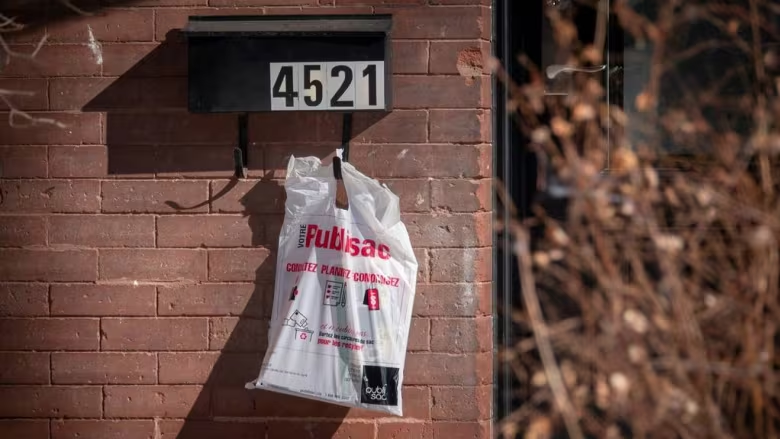
As a result, Canadian shoppers are increasingly using digital methods to seek out weekly grocery deals through retailer websites, retailer apps and third-party platforms like Flipp who aggregates weekly ads, deals and coupons from various retailers into one convenient location. Recently, Flipp, in partnership with Angus Read, released its 10th Annual Flyer Readership in Canada 2024 research study which shows:
*83% of Canadian shoppers report reading flyers; a decrease of 3 percentage points in the last year.
*Digital flyer readership increased +20% in the last year
*For the first time ever, digital flyer readership exceeds print flyer readership in all age groups.
*Overall, 54% of Canadian household shoppers read only or mostly digital flyers. This number increase to 77% for Gen Z and 75% for millennial shoppers.
*Among all digital flyer readers, the top 3 sources of the digital flyer are 1) retailer websites (48%), retailer apps (38%) and Flipp (32%)
To get a full copy of the Flipp readership study you can click here: https://rb.gy/ijc9o8
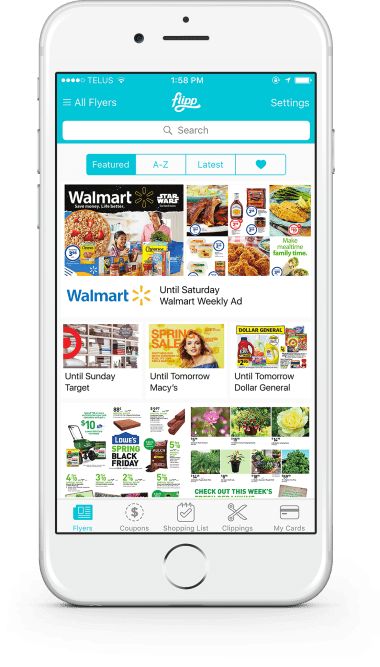
Flipp helps retail and CPG partners create, curate and distribute local promotion and savings content to millions of highly-engaged shoppers every day through its mobile app.
In my opinion, digital is the future for flyer readership in Canada. And what excites me the most is technology from companies like Aristid whose software platform enables retailers to personalize millions of flyers every week for individual shoppers based on purchase behaviour. This allows retailers to deliver a flyer with the right product mix, at the right time, at the right price adjusting for local store pricing and product assortment with updates based on inventory levels.
To learn more abour Aristid click here: https://rb.gy/f3oz2xUntil next time, thanks for visiting.
Grocery Shoppers Moving to Digital Flyers as Readership Increases by 20% Read More »





